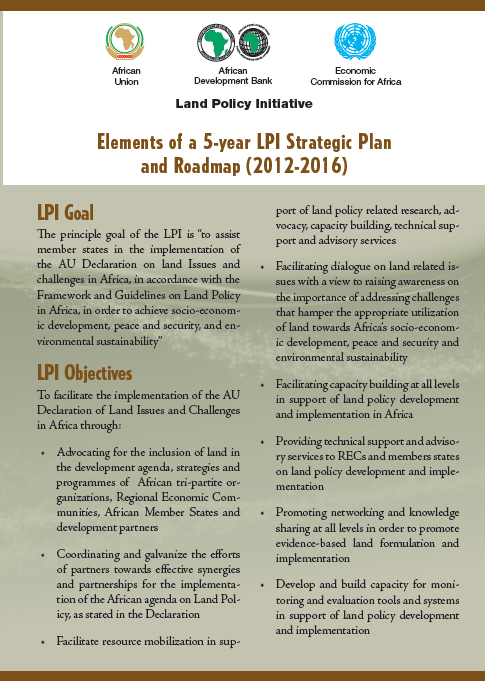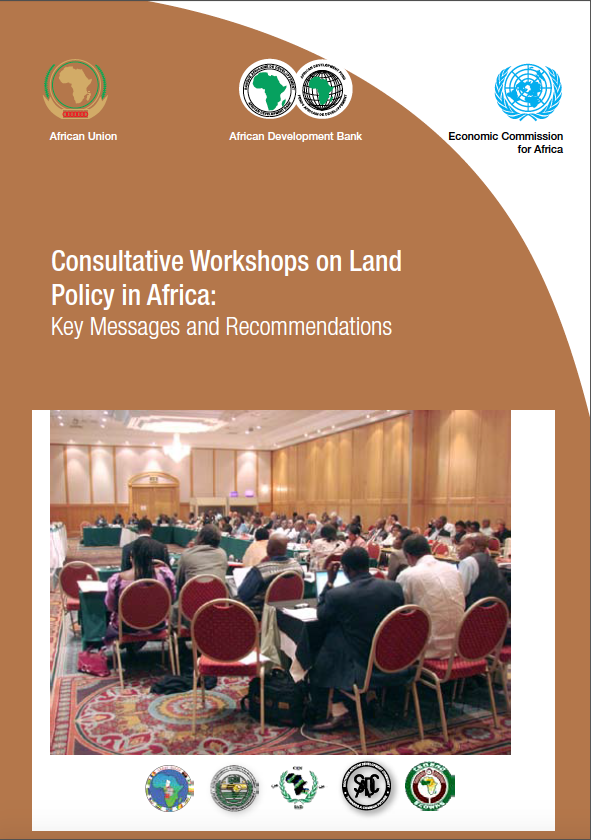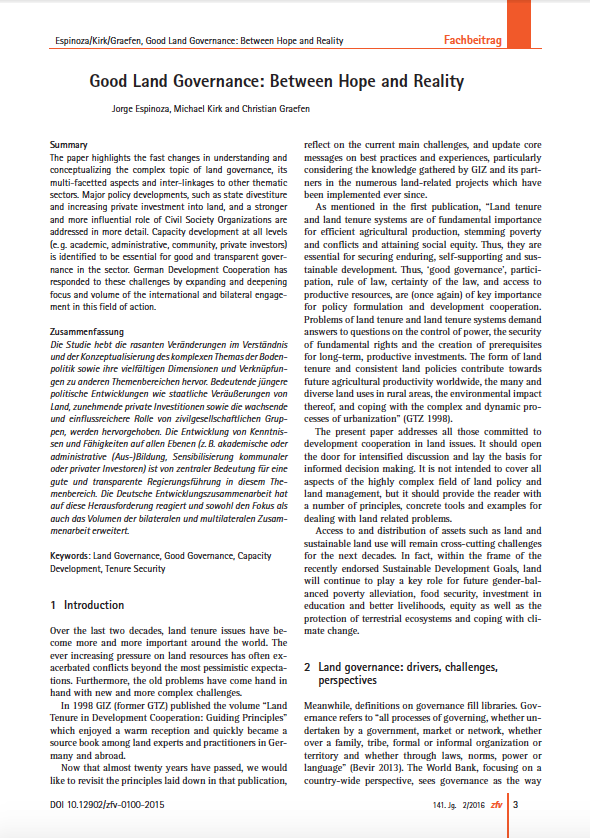Brazil : Inequality and Economic Development, Volume 2. Background Papers
The present Report is motivated by the
coming together o f three widespread perceptions about
inequality, two somewhat newer and one long-standing. The
two newer ones are; (i) that inequality may matter for the
country's economic development, and (ii) that public
policy can and should do something about it. The old
perception, which is well borne out b y the facts, is that
Brazil occupies a position o f very high inequality in the





